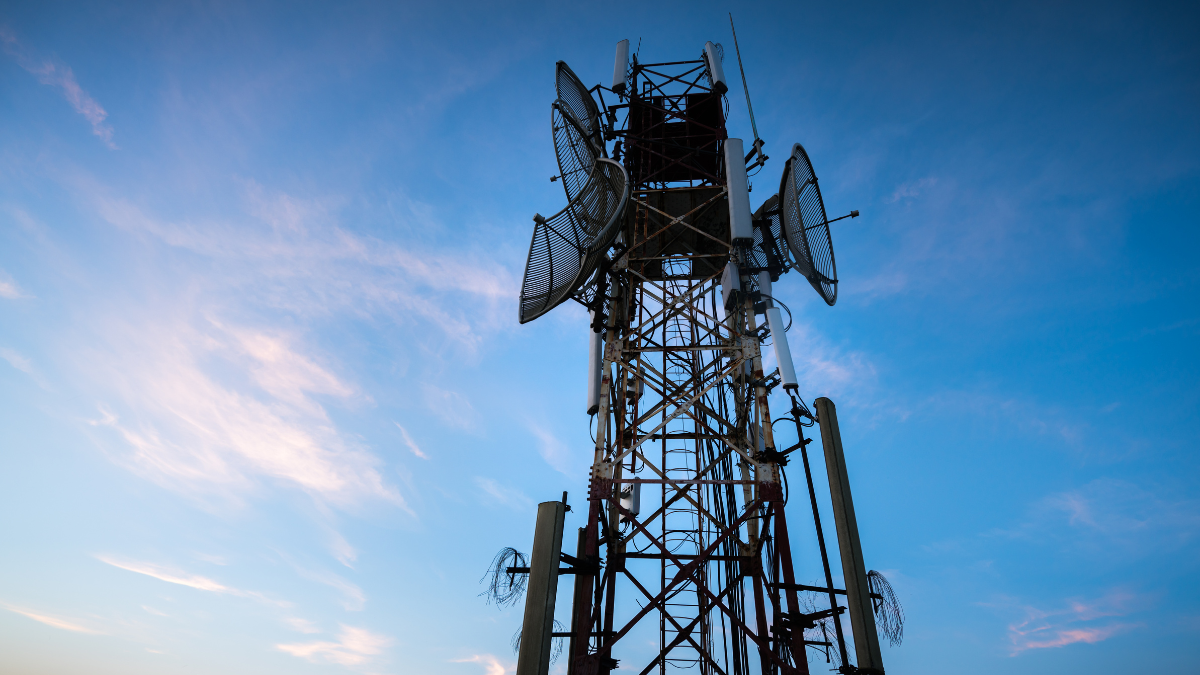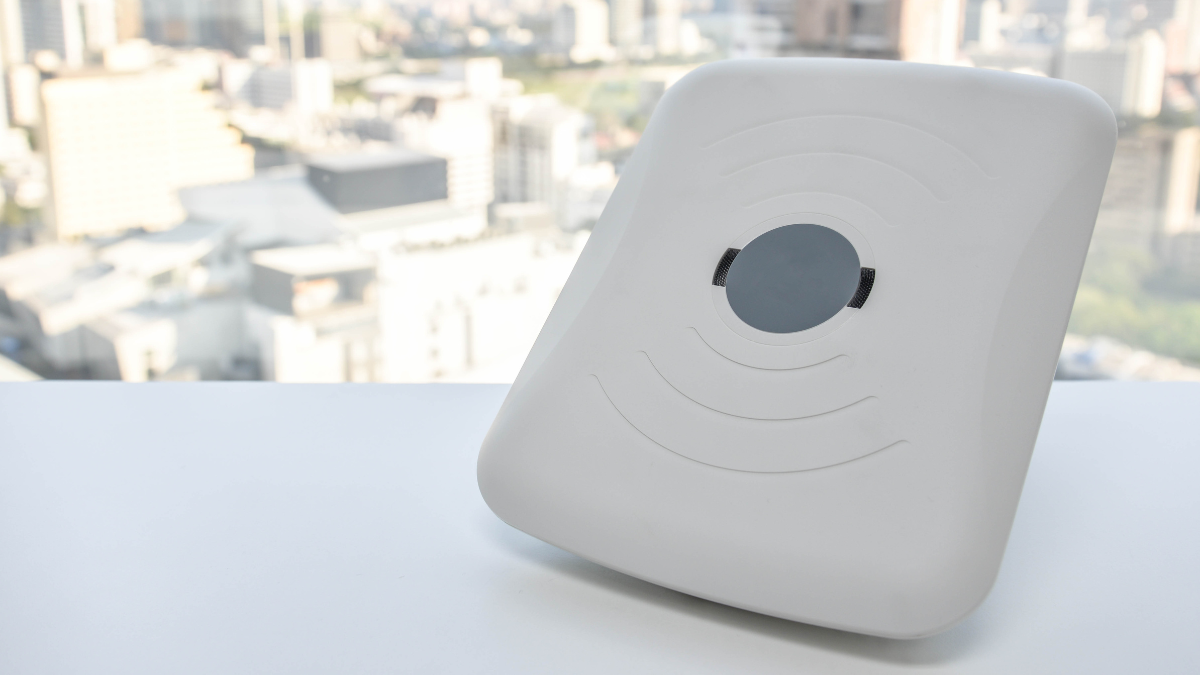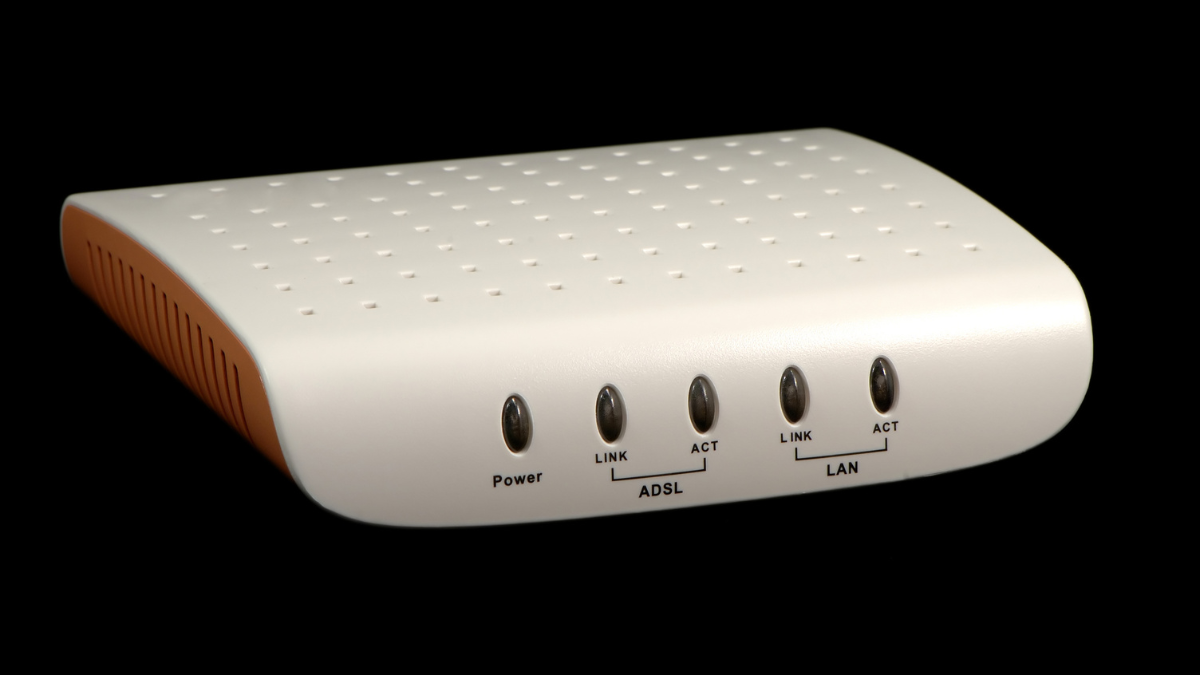A radio modem is an electronic device that functions similarly to a regular modem but does not require cables or an internet connection. With various types of radio modems, field workers can stay connected without an internet or cellular network.
Radio modems vary in form and characteristics, depending on the needs and conditions of the location.
In this article, we will provide more information about the types of radio modems to help you determine the best one.
Types of Radio Modem

The types of radio modems are divided into four categories, namely narrowband, broadband, point-to-point, point-to-multipoint, and mobile radio modems. The following is a more detailed explanation:
1. Narrowband radio modem
A narrowband radio modem is a type of modem that is energy efficient and durable, so it does not require a lot of electricity, but can still work continuously.
This type of modem operates at UHF or VHF frequencies with a small bandwidth, so it is only suitable for sending small amounts of data, such as numbers from water flow or temperature sensors. So, don't expect to be able to send videos or large data using this type.
Although it is only suitable for sending small amounts of data, narrowband has a long range and stable signal, especially when used in open areas.
2. Broadband radio modem

A broadband radio modem is a type of modem that offers high speeds. With this modem, you can send large files or videos from remote locations, such as streaming from CCTV cameras in mines.
Broadband has a large bandwidth, making it suitable for heavy data. However, because of this, the modem requires more electrical power. Additionally, another factor to consider is the range of the device, as it does not have the same range as narrowband.
3. Point-to-Point
Point-to-Point is the simplest type of radio modem and is very commonly used. This modem can send data directly to another modem without having to go through a complicated system.
With only two points, the modem signal becomes more stable and minimizes interference. This modem is usually used for fixed connections, such as from a control center to a pump or water gate.
4. Point-to-Multipoint
Point-to-Multipoint is a type of radio modem that can connect multiple other modems (slaves) to a single central modem (master).
If you have many points that need to be monitored, such as water meters in various homes, humidity sensors on farmland, or measuring devices in several locations, this modem is suitable for you.
Since you don't need to install multiple separate systems, a single point-to-multipoint radio modem can meet all your needs.
However, it's important to ensure that data transmission is scheduled properly to avoid signal interference caused by data coming from multiple directions.
5. Mobile radio modem

A mobile radio modem is a type of modem designed for mobile conditions. This device is suitable for those who frequently move around, such as in logistics, transportation, or operations that are constantly on the move.
This modem is usually equipped with GPS, so it can stay connected even when the location changes, and is resistant to vibrations or extreme weather.
Those are the types of radio modems, providing the ability to transfer data wirelessly without a cellular or internet network.
By choosing the right type of radio modem, you can choose a device for data transfer in remote areas without cellular or internet networks, according to your needs.
However, when choosing the types of radio modems, it should be noted that the products used are certified with type approval following the regulations in each country.